News Feature
VIA Stanford News
Blas Cabrera and Arun Majumdar elected to National Academy of Sciences
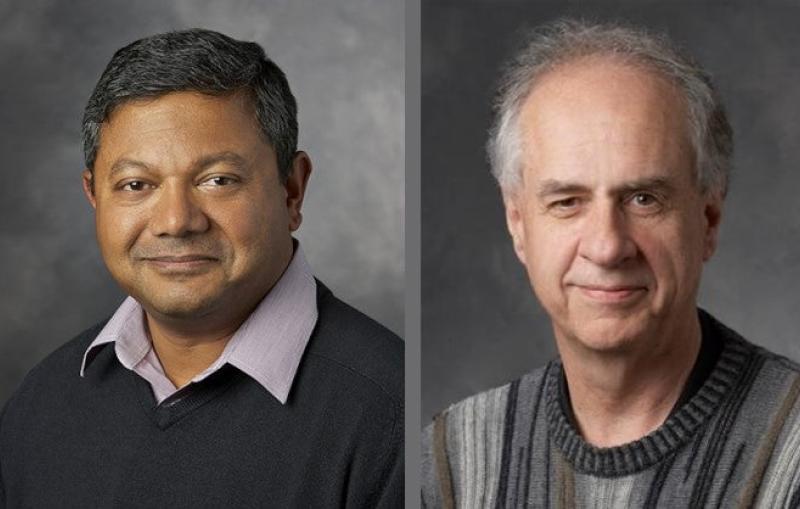
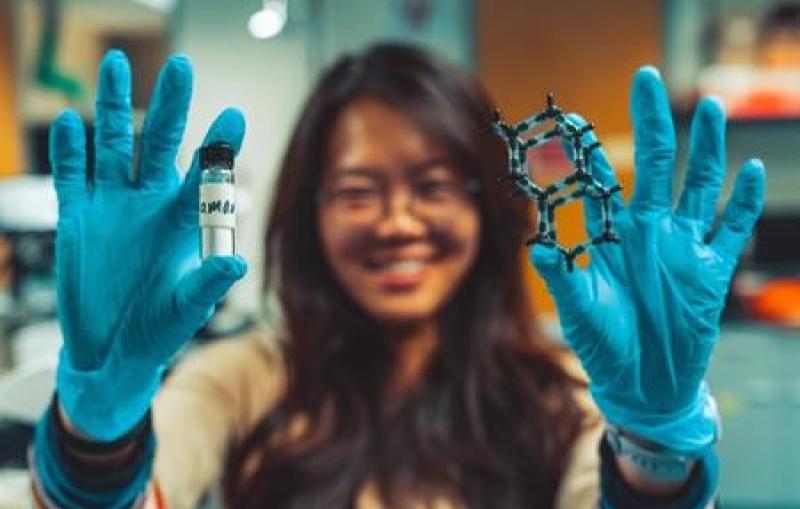
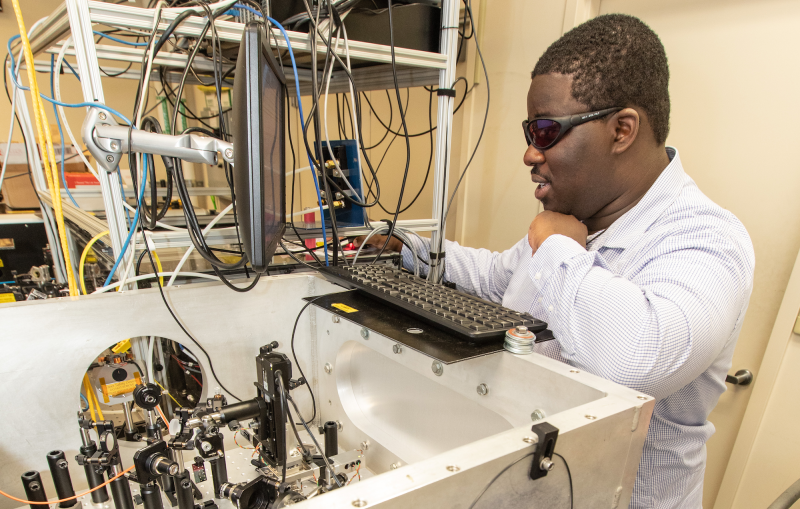
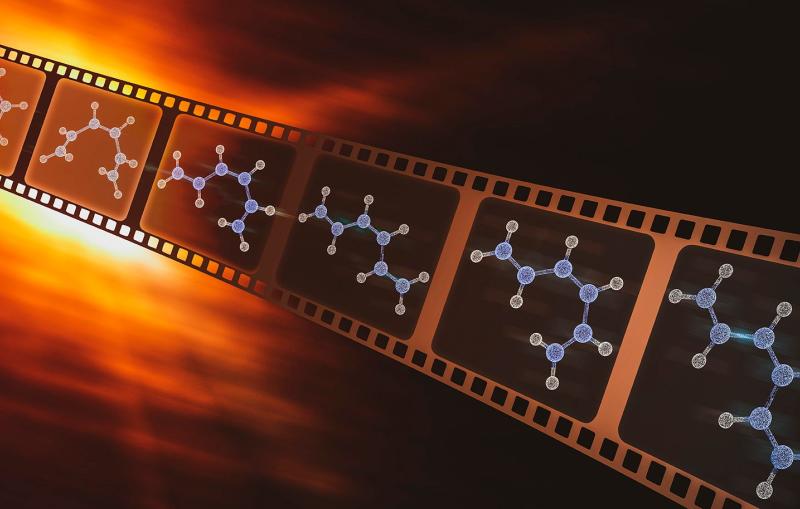
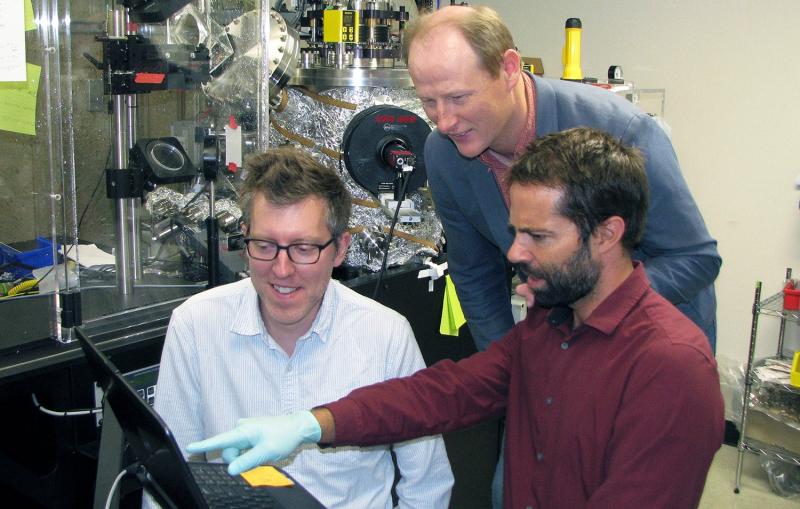
SLAC develops materials to improve the performance of batteries, fuel cells and other energy technologies and set the stage for technologies of the future.
Related link:
Energy sciences




